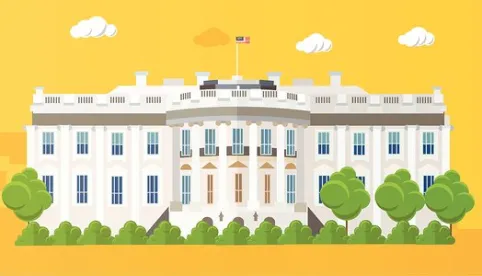On April 22 – Earth Day – President Biden announced that the United States would commit to reduce its greenhouse gas emissions by 2030 to 50% of the country’s 2005 emissions. View the White House’s fact sheet here. As a formal matter, the President was announcing the United States’ Nationally Determined Contribution, the voluntary emission reduction under the Paris Agreement.
What does that mean for the environmental regulatory issues that businesses and others will face going forward?
Much has been and will be written about this announcement and the associated statements. This post is not a comprehensive review. Instead, I want to observe that this new announcement tracks much of what we have heard from the Administration in the past three months. Since the Second Bush Administration, the Clean Air Act has provided the backbone for federal regulatory efforts to reduce greenhouse gas emissions. That does not appear to be the way the Biden Administration intends to proceed.
The President has announced a “whole of government” approach to mitigating climate change. This is not an issue assigned exclusively to EPA. Instead, the government appears to want to engage in a series of project review actions, market interventions, subsidies, procurement decisions, and so forth to change the economy more pervasively than would regulation of the electricity generation and fossil fuel extraction, refining, and transportation industries. So, for example, the Administration repeatedly describes electrification of transportation as an important objective.
Indeed, in February, EPA issued a memorandum in light of the decision in Am. Lung Ass’n v. EPA, No. 19-1140 (D.C. Cir. Jan. 19, 2021). American Lung Ass’n vacated the Trump Administration’s Affordable Clean Energy Rule and therefore ought to have revived the Obama Administration’s Clean Power Plan, both establishing emission standards for existing power plants under section 111 of the Clean Air Act. EPA’s memorandum instead took the position that no regulation under section 111 was or ought to be in place; EPA has as of yet taken no action to reinstitute any set of rules for existing plants.
If greenhouse gas emission mitigation will occur through means other than Clean Air Act permitting, then this policy initiative will call on different environmental legal issues. If there are to be new projects to provide alternative energy sources, new ways of conducting analysis under the National Environmental Policy Act, new infrastructure projects to install vehicle charging stations, battery handling facilities, and the like, then all the skills and tools necessary to advance those kinds of projects come to the fore. The “whole of government” approach is intended to induce changes in the whole of the economy. Environmental regulatory issues will arise much more broadly and granularly than big cases involving big powerplants.



 />i
/>i

